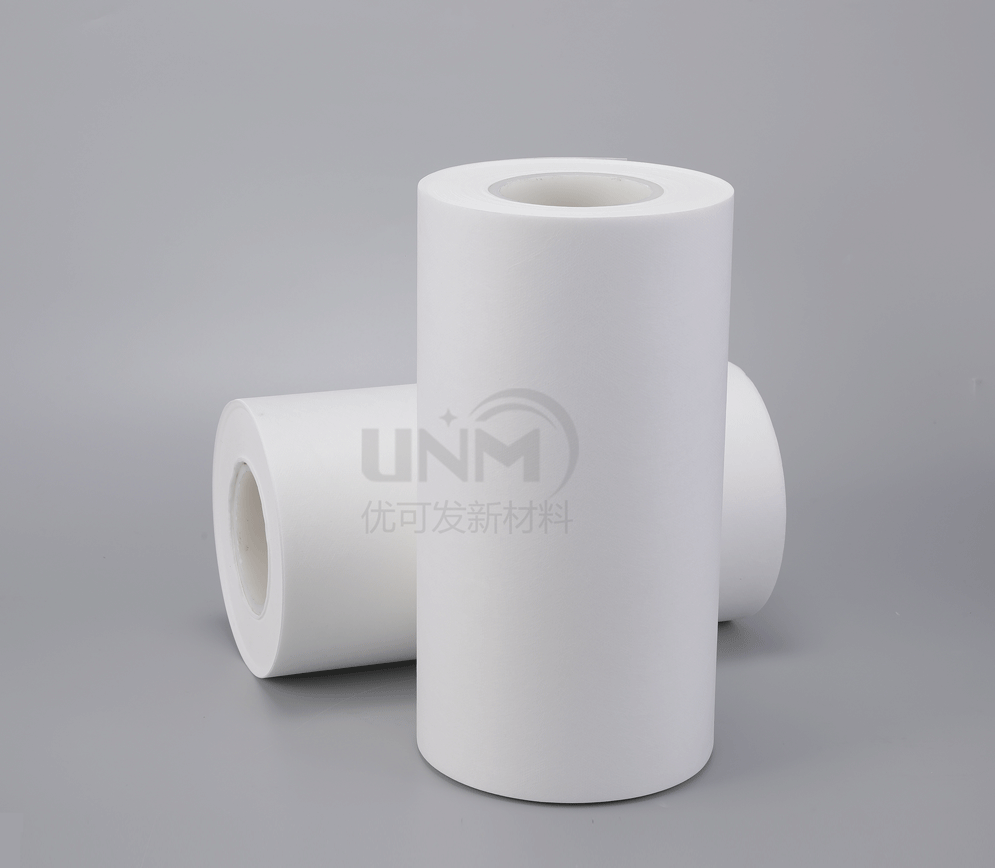Masks have now become a necessity in our daily lives. When choosing a mask, in addition to price and style, we must look at the protective effect and good filtration efficiency more importantly. This is the key to the effectiveness of masks. We have always been familiar with melt-blown masks, but now there is a new material that can also be used as the core filter layer of masks, which is high-efficiency PTFE composite filter material.

Currently, conventional masks are composed of three layers of SMS, where the S layer represents the spunbond layer and the M layer represents the melt-blown non-woven fabric. Textile layer. The M layer is the core component that enables the mask to block tiny pollutants such as viruses. Its material is usually polypropylene and is made of extremely fine interwoven fibers. The average diameter of the fibers is about 1 to 5 μm. Since polypropylene is a high-quality organic electret material, after surface electret treatment, the surface will store a large amount of charge, and can absorb fine dust and viruses through electrostatic interaction. However, this type of mask has defects: the polypropylene melt-blown non-woven fabric has uneven density and large gaps. It requires surface electret treatment to carry a negative charge and absorb particles through static electricity. Static electricity is easily affected by the humidity in the production and transportation environment. Especially during use, breathing will cause the mask to get damp, and its content will continue to weaken and its protective ability will decrease.
High-efficiency PTFE composite filter material can be used as the middle filter layer of the mask. It is composed of hundreds of millions of continuous interconnected filaments in a non-concentric cross-arranged structure, with a pore size of less than 1 μm. PTFE membrane mainly uses the principle of physical filtration to isolate tiny particles such as aerosols in the air without the need for electrostatic electrets. By adhering the PTFE membrane to the base material non-woven fabric or hot air cotton in different coating methods, it can be used as the middle filter layer of the mask to block the intrusion of tiny pollutants into the human body. Comparing the differences between PTFE film masks and ordinary melt-blown cloth masks, it was found that PTFE film masks are more durable and have higher filtration efficiency.
High-efficiency PTFE composite filter material adopts pure physical filtration, can be stored for a long time, and can be reused after high-temperature cooking or alcohol spraying. The thickness of the PTFE mask membrane is only about 0.2mm, which is very thin and light. It is much thinner than traditional non-woven masks. The filter layer used by the mask membrane is less than 1/6 the thickness of traditional non-woven masks, and the breathing resistance of the mask is positively correlated with its thickness. High-efficiency PTFE composite filter material The nano-scale distribution of pore size makes a layer of physical screening filtration a reality, greatly reducing breathing resistance. If you are interested, please enter the store for consultation.
</p





